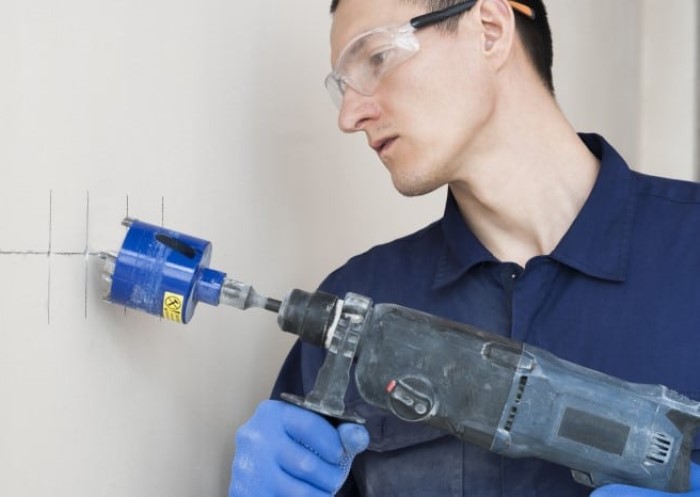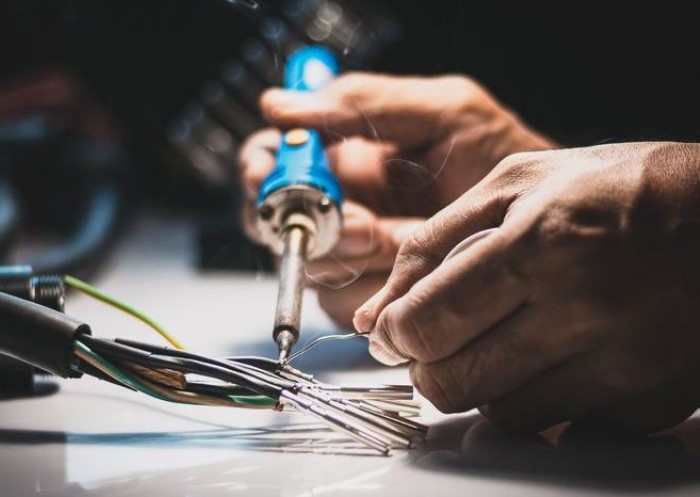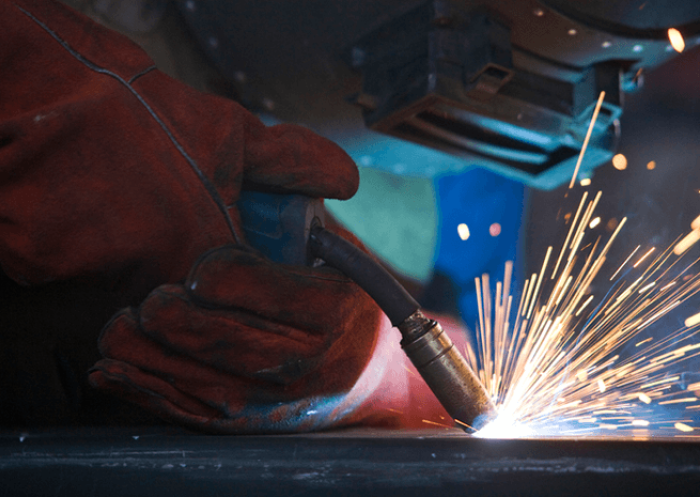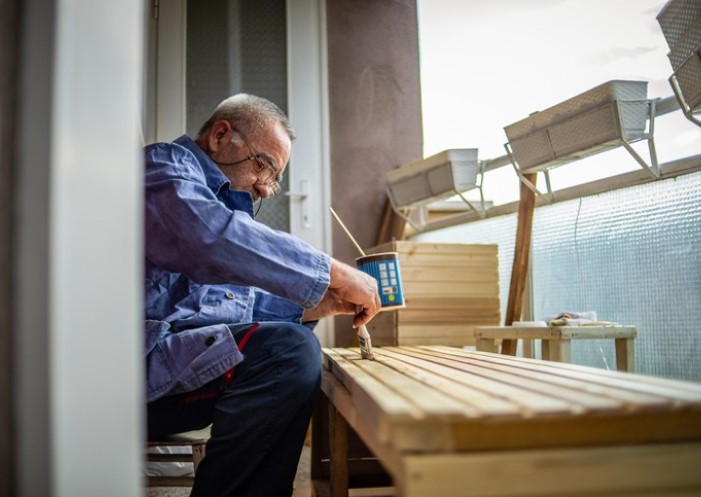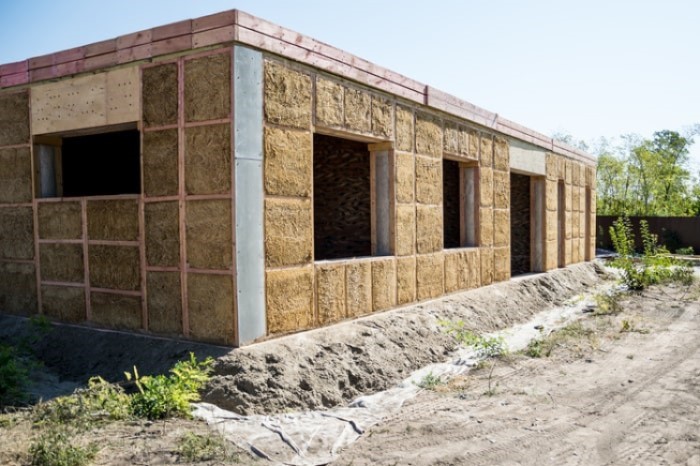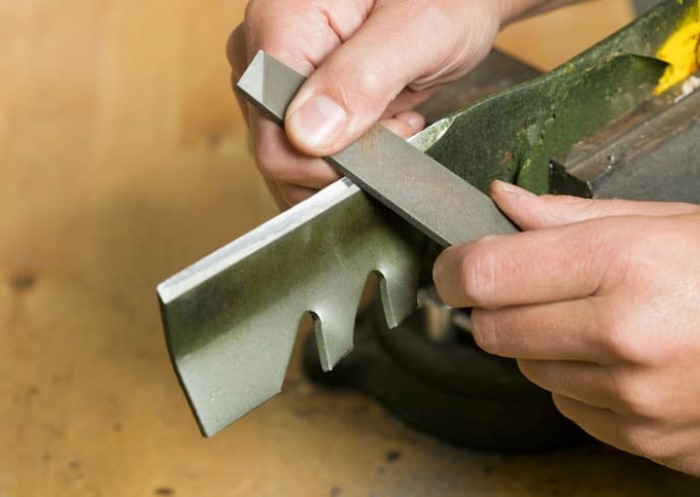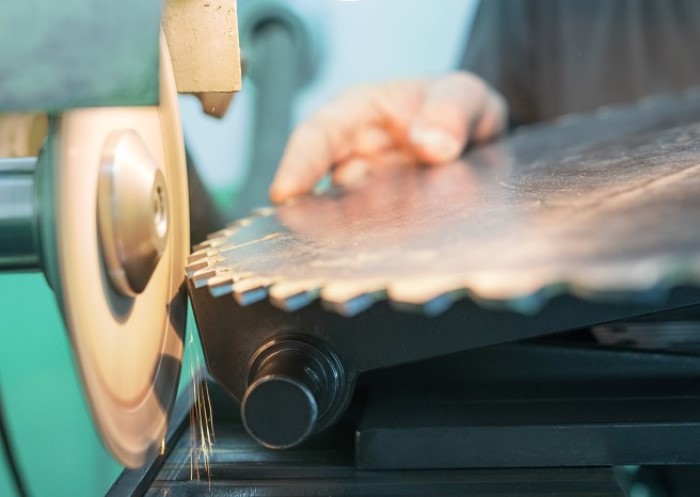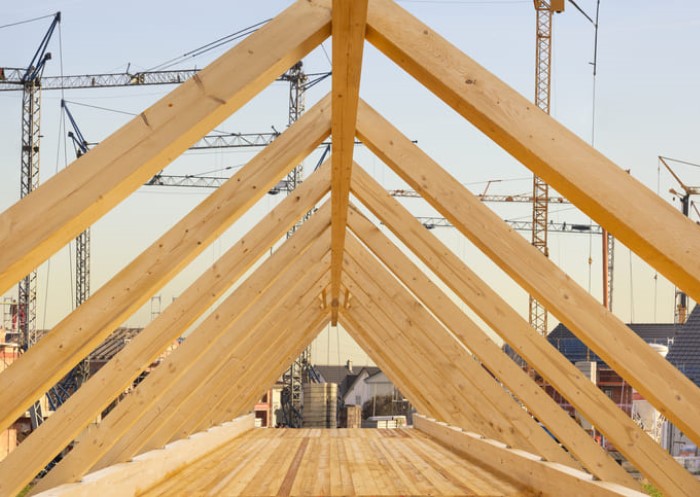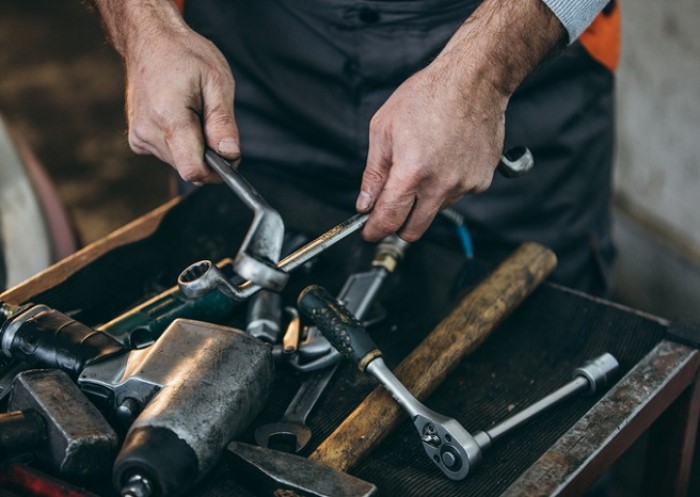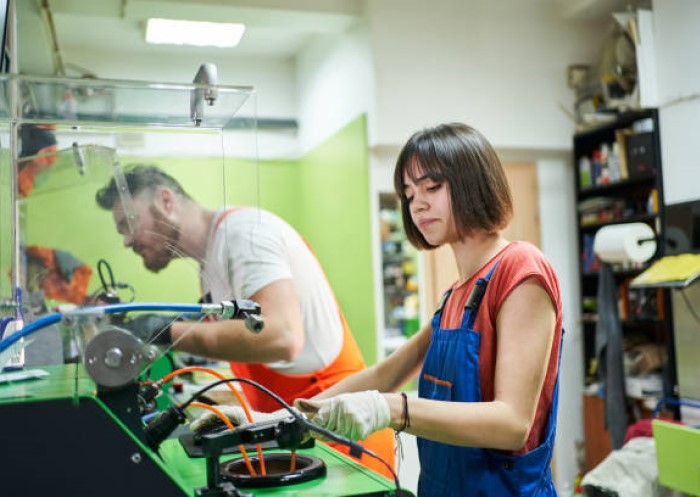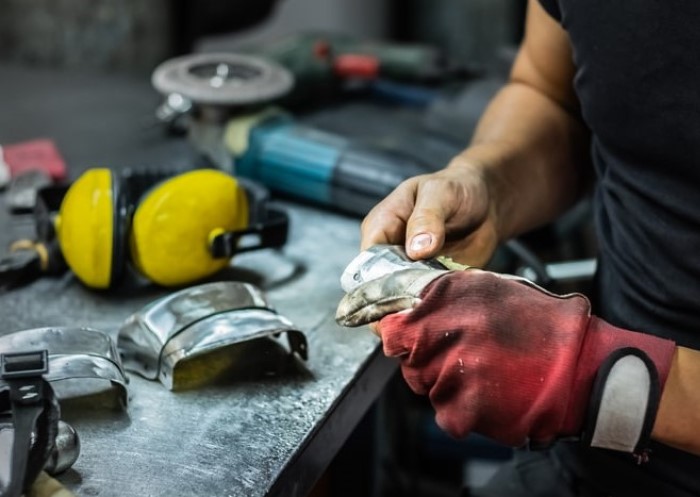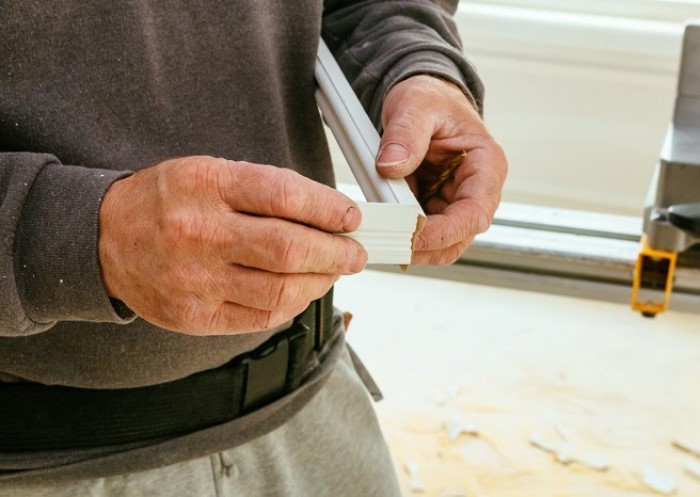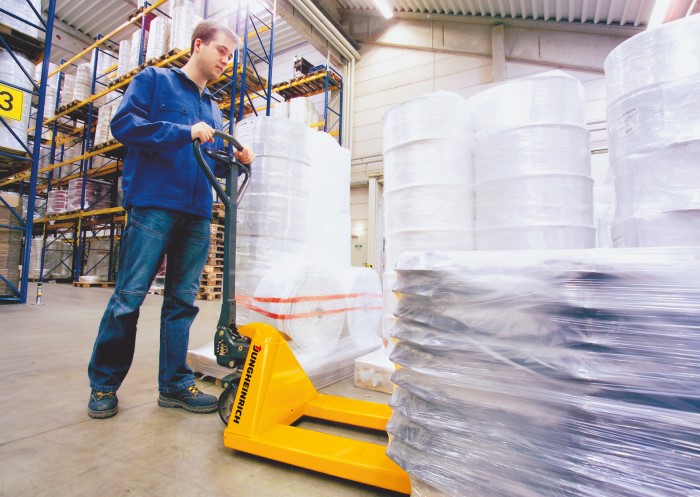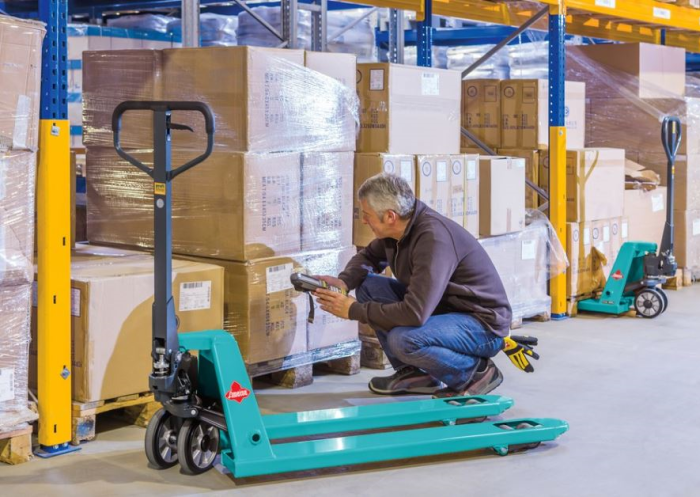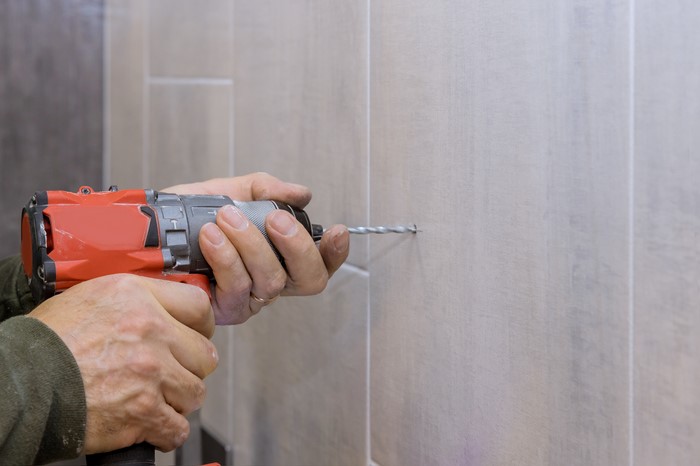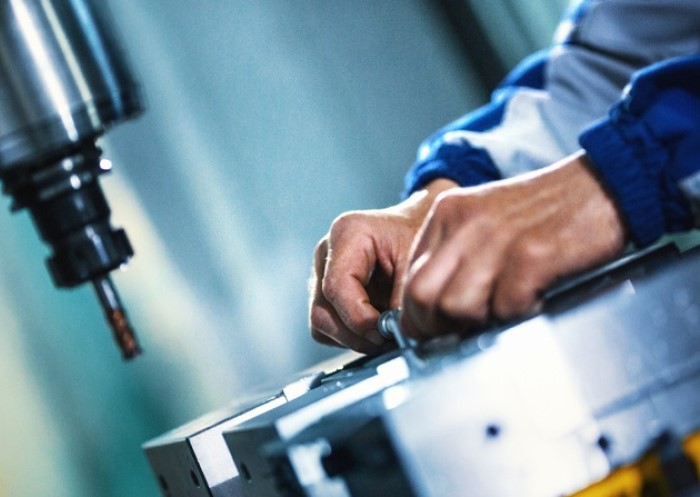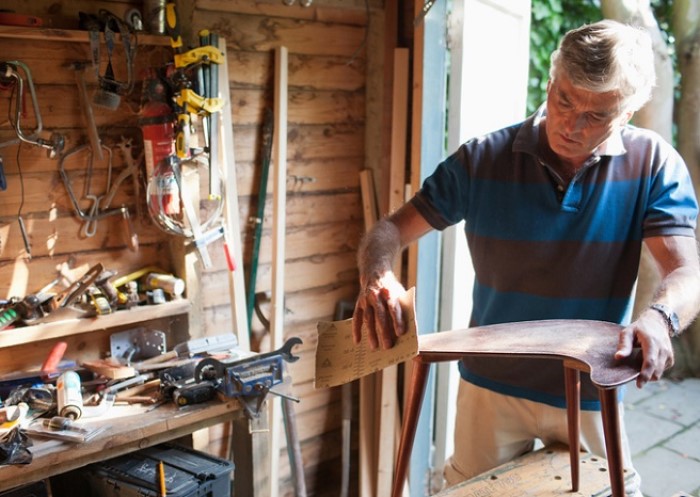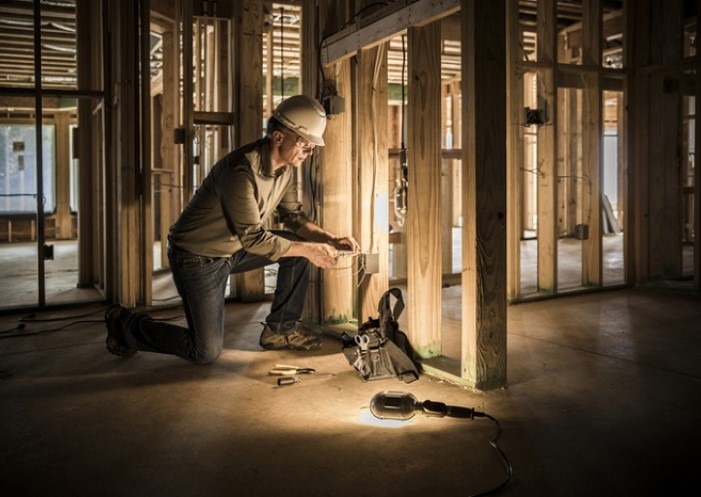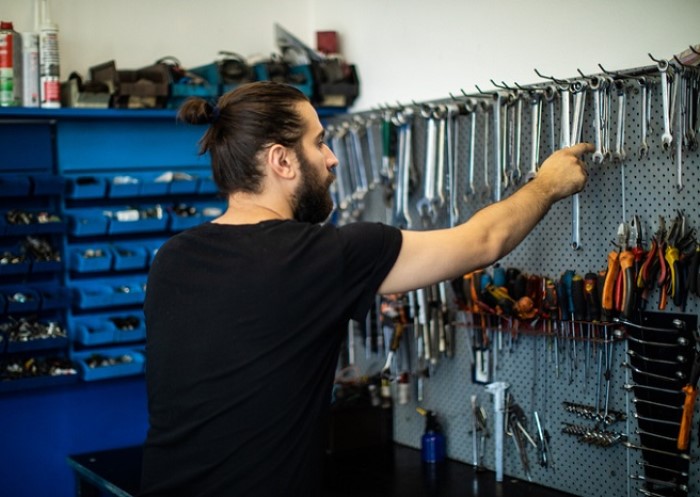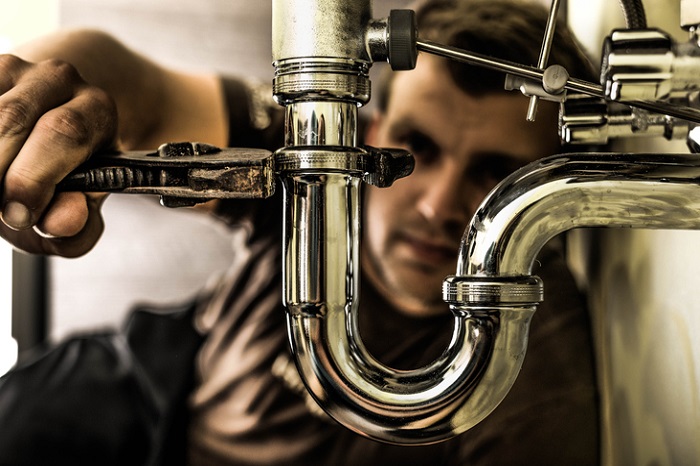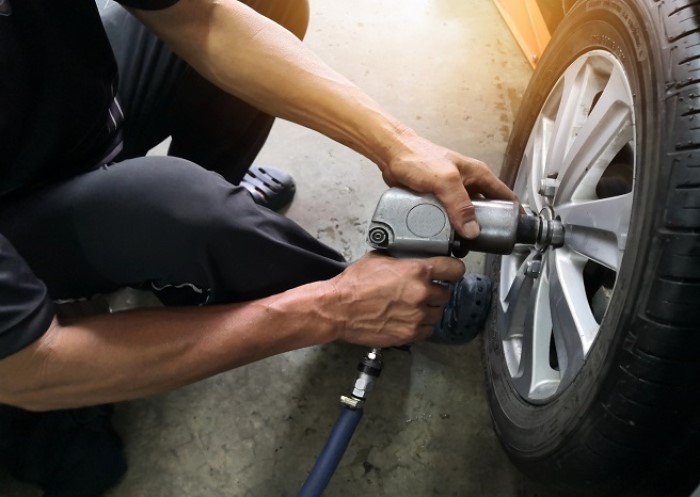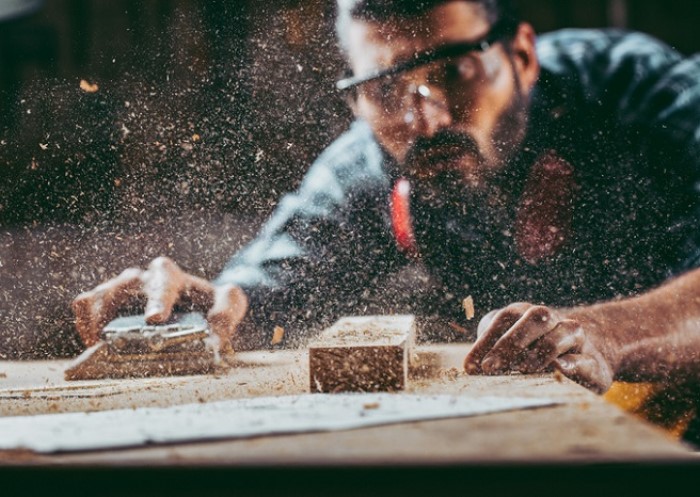Table of contents
Are you building or renovating a house and wondering how to drill through concrete the right way? If you’re concerned about damaging either your drill or the wall in the process, you’re not alone. However, this worry is unnecessary. With the correct tools and careful work, it’s not too challenging. This guide provides all the details you need as well as step-by-step instructions to complete your drilling project cleanly and without any issues.
When do you need to drill into concrete?
Whether you move into a new rental apartment, renovate an old building or plan to construct a small tool shed in the garden, none of these projects can be completed without a drill. Typically, multiple holes are necessary for attaching everyday objects, and depending on the building and installation site, you may need to drill into the foundation, supporting columns, and exterior walls.
The following situations occur frequently:
- You may need to drill into a concrete wall to hang pictures, mirrors, and wall lights or to attach shelves and wall cabinets.
- You might want to install lamps, indoor blinds or plant garlands, and will be drilling a hole in the concrete ceiling for this purpose.
- When constructing a terrace or carport, drilling into concrete is necessary to secure sturdy anchors in the foundation.
If you’re uncertain about the composition of the solid wall in front of you, start with a test drilling. You can identify the material by the nature and color of the drilling dust. Sand-lime brick produces white dust, bricks produce red dust, and a concrete wall produces gray drilling dust.
What equipment do you need while drilling concrete?
An essential requirement for any drilling project are the appropriate tools. Concrete is a hard and resilient construction material, and therefore, a conventional drill set will not be sufficient. You will require a drill with ample power and a drill bit made of a sturdy material.
Remember that the hardness of the concrete and the size of the desired hole diameter determine the quality of equipment needed. This is particularly significant when drilling through steel-reinforced concrete.
Drilling into concrete requires the right power tool
Drilling into a concrete wall requires an electric drill. The model of the drill depends on the number of holes you need, their diameter, and how frequently you undertake such work.
- A cordless screwdriver is only partially appropriate because of its insufficient impact power. However, if it has a switchable impact function, you can use it when necessary to drill a few smaller holes. Nevertheless, it is not suitable for regular concrete drilling, especially with reinforced concrete.
- An impact drill is more appropriate as it can create diameters of up to 12mm and requires significant force to generate the required pressure. However, an impact drill is not suitable for regularly drilling and screwing into concrete, especially when many drill holes are used and the concrete is reinforced. Nevertheless, for occasional use, it is a practical all-purpose device.
- A hammer drill is the best machine for drilling into concrete. Due to its high impact performance, it requires minimal physical effort, and with a wide selection of drill bits, you can drill different-sized holes even in reinforced concrete. However, one disadvantage of hammer drills is that they require a special SDS holder, and only hammer drills suitable for working with hard materials can be used.
Selecting the correct concrete drill bit
When it comes to selecting the appropriate drill bit for concrete, the properties of the concrete and quantity of drill holes must be taken into account. Here are some important factors to consider when choosing the right drill bit:
- If you do not frequently drill into concrete, we recommend using masonry drill bits with hard metal tips or special drills bits that can be used on various materials such as wood, masonry, brick, granite, or tiles in addition to concrete.
- Concrete drill bits are the most suitable bits for concrete and stone, but their purchase is only worth it if you drill into these materials regularly.
- Hammer drills are powerful and can be used on a wide range of materials. However, they require a special mount (SDS plus or SDS max) and can only be used with a rotary hammer.
How to drill into concrete: Instructions in five steps
Our instructions provide a detailed guide on how to drill and screw into concrete safely and easily:
- Prepare tools and equipment
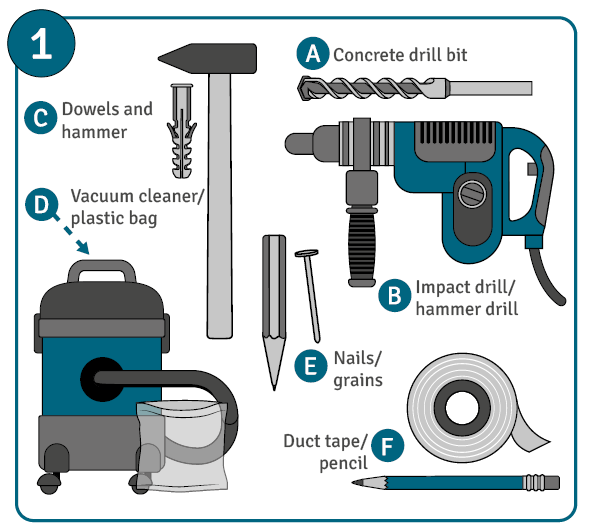 Before starting your concrete drilling project, make sure you have all the necessary tools and equipment:
Before starting your concrete drilling project, make sure you have all the necessary tools and equipment:
• Impact drill or hammer drill
• Concrete drill bits
• Nails or grains
• Pencil
• Duct tape
• Vacuum cleaner or plastic bag
• Dowels and hammer - Prepare the site to be drilled
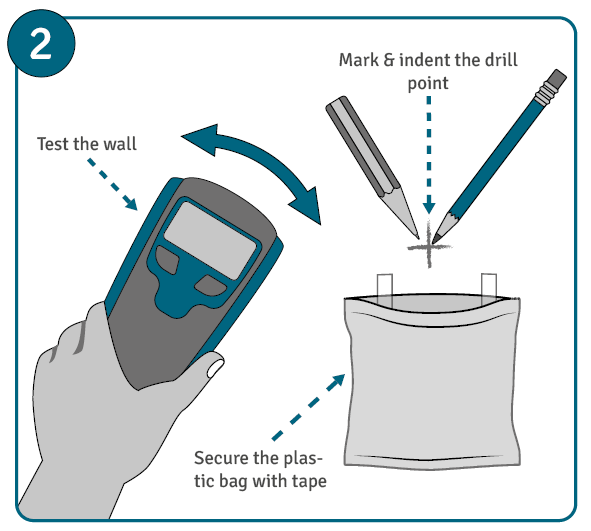 Ensure that there are no power lines, water or gas pipes in the wall where you intend to drill. You can use detectors and measuring devices or refer to old construction drawings to confirm this. Once you have confirmed that there are no wires or pipes, mark the spot using a pencil and then create a small indentation using a center punch.
Ensure that there are no power lines, water or gas pipes in the wall where you intend to drill. You can use detectors and measuring devices or refer to old construction drawings to confirm this. Once you have confirmed that there are no wires or pipes, mark the spot using a pencil and then create a small indentation using a center punch.
If using a vacuum cleaner is not practical for you, you can tape a plastic bag under the drilling spot to collect the dust. However, this method only works when drilling through walls. If you plan on drilling into a standalone concrete slab or ceiling, using a vacuum cleaner is the best option. - Mark the drilling depth on the drill
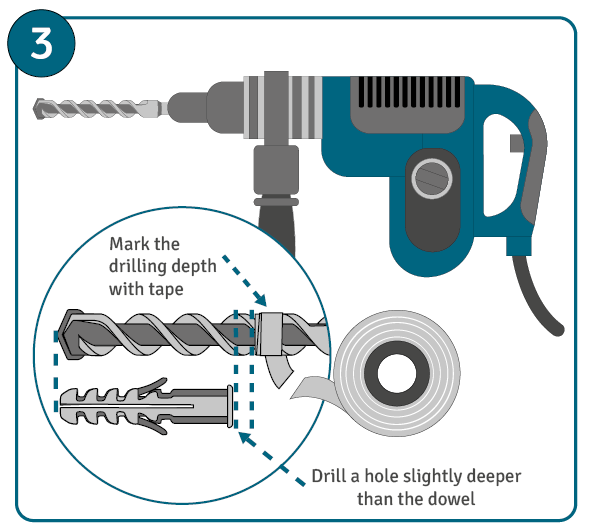 To avoid accidentally drilling too deep, measure the desired depth on the drill attachment and mark it with a strip of adhesive tape. Remember that the drill hole should always be slightly deeper than the dowel that will be inserted later.
To avoid accidentally drilling too deep, measure the desired depth on the drill attachment and mark it with a strip of adhesive tape. Remember that the drill hole should always be slightly deeper than the dowel that will be inserted later. - Drill a hole in the concrete
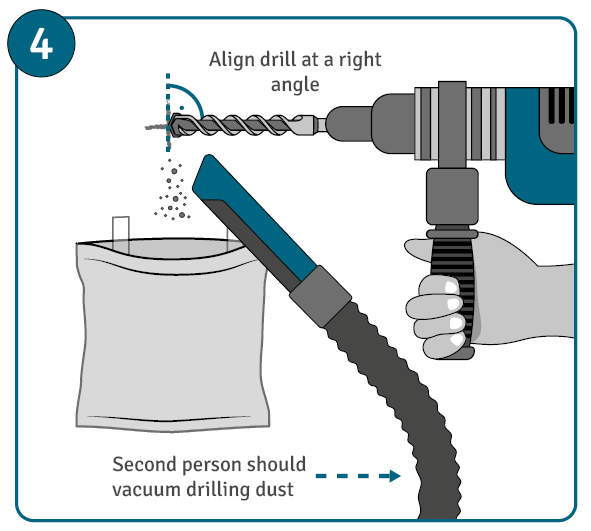 Align the drill at a right angle and proceed to drill into the wall slowly, applying gentle pressure (if using a percussion drill) or preferably no pressure at all (if using a hammer drill) until you reach the desired depth.
Align the drill at a right angle and proceed to drill into the wall slowly, applying gentle pressure (if using a percussion drill) or preferably no pressure at all (if using a hammer drill) until you reach the desired depth.
If you plan to remove drilling dust with a vacuum cleaner, have a second person handle it while you focus on drilling precisely. - Clean the drill hole and push in the dowel
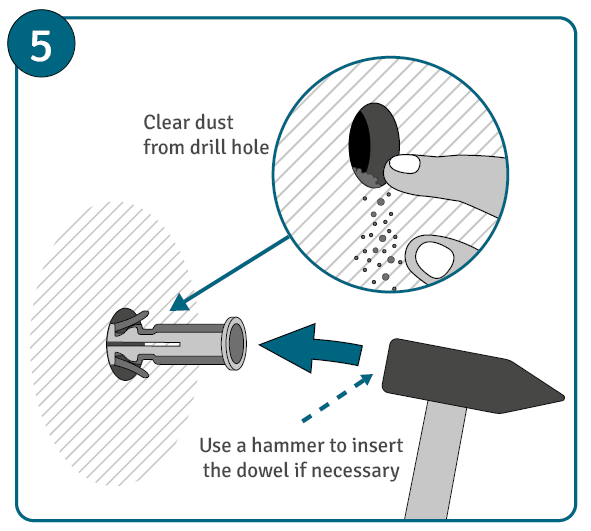 Clear away any dust or concrete debris from the drill hole to ensure that the dowel has a firm grip. In the final stage, insert the dowel into the hole until it is level with the wall surface. If this proves difficult, you can assist with a hammer, taking care not to damage the dowel or surrounding area.
Clear away any dust or concrete debris from the drill hole to ensure that the dowel has a firm grip. In the final stage, insert the dowel into the hole until it is level with the wall surface. If this proves difficult, you can assist with a hammer, taking care not to damage the dowel or surrounding area.
Tips and tricks for drilling cleanly in concrete:
Drilling concrete requires skill and precision, even with top-of-the-line equipment. One common issue is the cracking of the few millimeters of wall around the drill hole, which may be the result of applying too much pressure or using dull drill bits. If you’re wondering how to drill into a concrete wall without causing cracks or breakage, keep the following tips in mind:
- To mark the drill hole, use a center punch or a nail and hammer. The cone-shaped tip of the punch or nail prevents the drill bit from slipping and enlarging the hole.
- When drilling into concrete, start with a few initial millimeters without impact to avoid excessive vibration that may cause breakage.
- Next, set your drill to a low speed but high impact energy, and work with minimal pressure. Ensure you drill at a right angle to the surface.
- Finally, as the bit rotates, pull it out of the hole to prevent jamming.
When is the right time for drilling through concrete?
If you’re working on a construction site and the concrete wall or slab is relatively new, you may begin drilling too soon before the concrete has reached its required strength. This can result in oversized or deformed drill holes. The question then arises: when is it safe to start drilling into fresh concrete?
- The composition and type of concrete dictate its setting time and duration. This information is typically available on the packaging or delivery note.
- In general, it’s necessary to wait for at least 28 days after pouring before working on the concrete. However, with quick-setting concrete, this period is reduced to 4 to 7 days.
- Temperature and humidity also impact the setting process, with temperatures between 15 and 20 degrees Celsius and humidity around 80 percent being ideal. Low temperatures significantly slow down the process, and it’s not possible for it to dry below -10 degrees Celsius.
- While it can take several months (and even years) for the concrete to fully harden, it can be processed beforehand with little risk of breakage.
FAQ about drilling in concrete
To begin, use a center punch to mark the drill hole. The conical grain helps prevent the drill from slipping. Then position the drill at an exact right angle and slowly drill into the wall to the desired depth with little pressure (using a percussion drill) or ideally without any pressure at all (using a hammer drill).
If you need to remove drilling dust with a vacuum cleaner, it’s best to have a second person handle this so you can focus on drilling cleanly.
Having the right set of tools is crucial for your project, and this is especially true when working with concrete. Depending on its composition, concrete can be very hard and resistant, which means a conventional drill set won’t be sufficient. You’ll need a drill with enough power and a drill bit made from a material that is hard enough to handle the job.
The quality of your equipment is even more important when working with harder types of concrete or when drilling large-diameter holes. This is particularly relevant when working with steel-reinforced concrete.
The setting time and hardening duration of concrete depend on its composition and type, and this information is generally available on the packaging or delivery note. Typically, one should wait for at least 28 days after pouring before drilling concrete, although for quick-setting concrete, the waiting period may be only 4 to 7 days. Concrete may take years to fully harden, but it can be processed before that.
Image source:
© gettyimages.de – MyrKu

